Paris From the Beginning to Today
Paris, often likened to a tapestry woven with threads of history and innovation, has a story that unfolds like chapters in a captivating novel. From its humble beginnings to the bustling metropolis it is today, Paris has seen empires rise and fall, artistic movements flourish, and societal norms evolve. The city’s evolution is a testament to resilience and adaptability, with each era leaving its mark on the Parisian landscape.
But what secrets lie beneath the cobblestone streets, and what mysteries does the Seine River hold? Explore the layers of Paris’s past and present, and uncover the hidden gems that make this city a timeless marvel.
Key Points
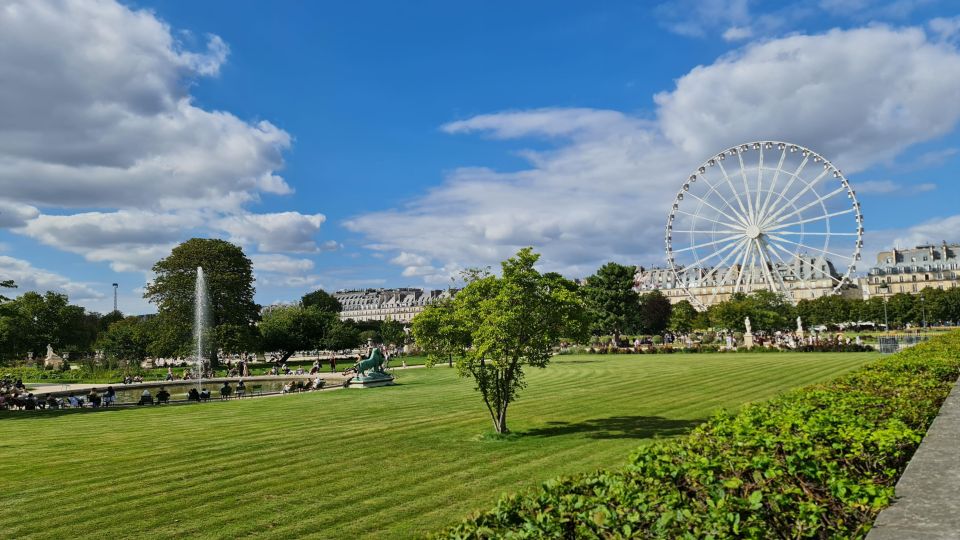
- Explore Paris from its ancient origins on l’île de la Cité to its modern developments.
- Discover the city’s history through iconic landmarks like Notre Dame Cathedral and the Louvre Museum.
- Gain insights into Paris’s evolution by visiting sites like Pont Alexandre III and Arc de Triomphe.
- Uncover hidden secrets and different perspectives of Paris with a knowledgeable guide.
Paris in Prehistoric Times
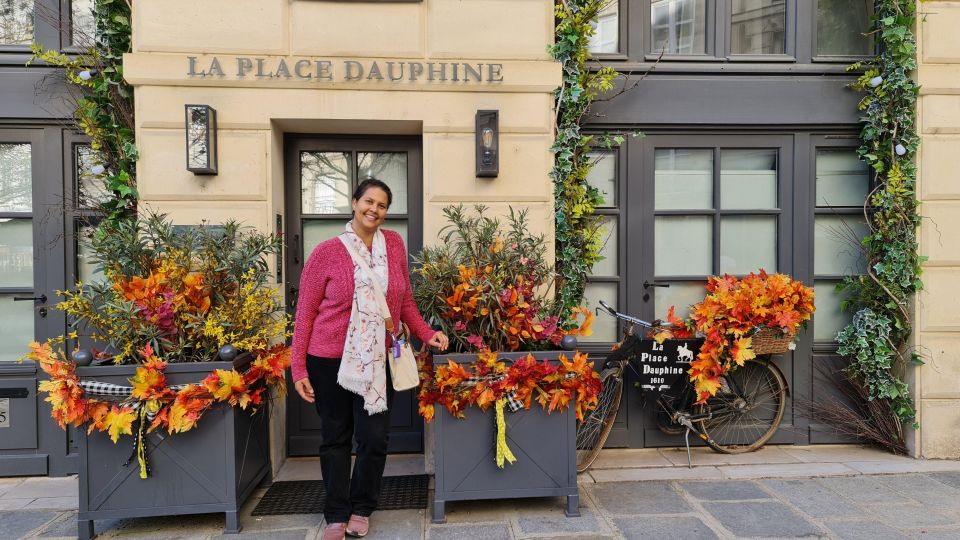
During Prehistoric times, Paris was a land of raw beauty and mystery, untouched by the hands of modern civilization. The region was inhabited by prehistoric settlements, and ancient artifacts found in the area reveal insights into the early inhabitants’ way of life. These artifacts provide a glimpse into the tools they used, the art they created, and the rituals they practiced.
The landscape of Paris during this era was vastly different from what we see today, with dense forests, winding rivers, and abundant wildlife. Exploring Paris in Prehistoric times allows us to connect with the ancient roots of this iconic city and appreciate how far it has evolved over the centuries.
Roman Influence on Paris
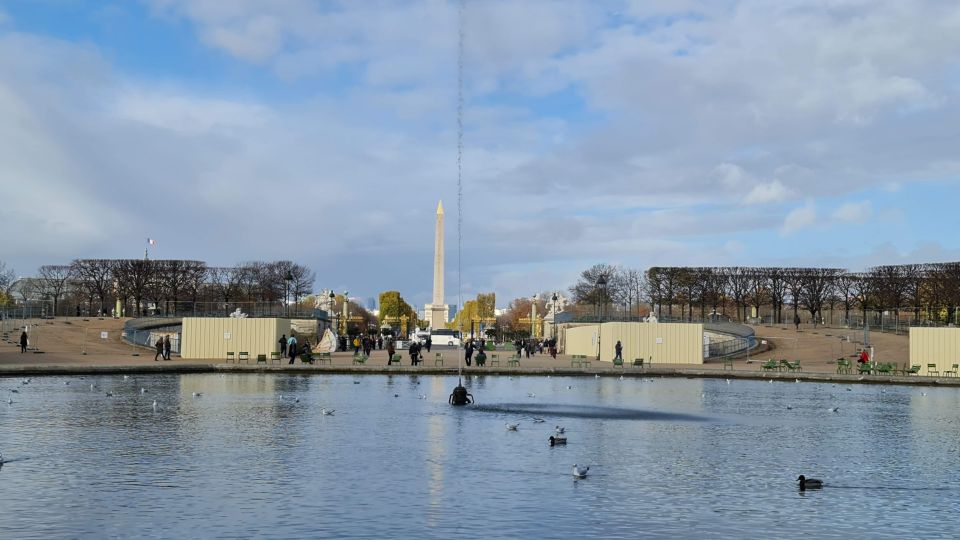
Paris’s journey through time continues as the Roman influence leaves a lasting mark on the city’s cultural and architectural landscape. The Roman presence in Paris significantly shaped the city in the following ways:
-
Roman Architecture: The Romans introduced monumental architecture to Paris, evident in structures like the amphitheaters and temples that still influence modern building designs.
-
Urban Planning: Paris adopted Roman urban planning techniques, such as the layout of streets and the hotel of public spaces, which can still be observed in the city’s structure today.
-
Cultural Integration: Roman cultural practices, technology, and artistry influenced Parisian society, leaving a rich legacy that continues to impact the city’s customs and traditions.
Medieval Paris and Its Landmarks
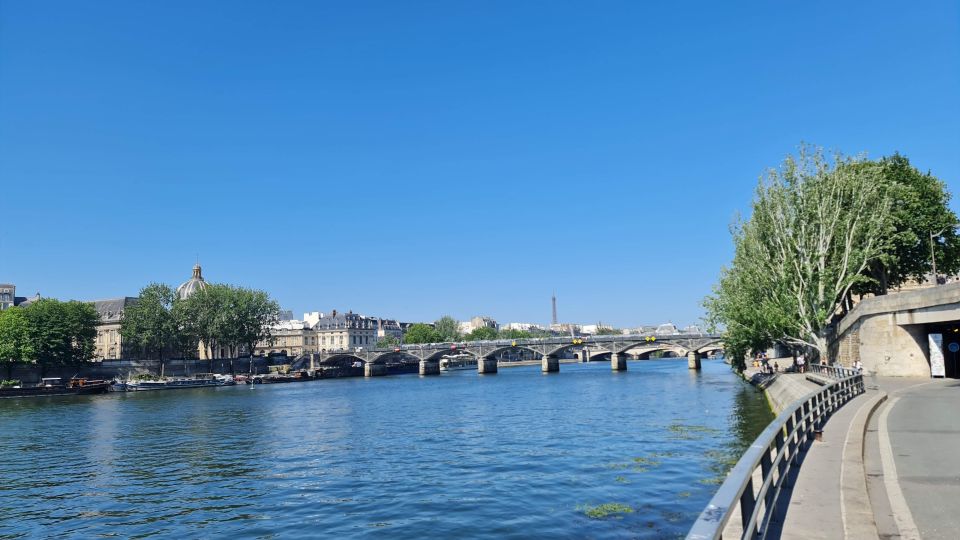
Medieval Paris unfolds its tales through the enduring landmarks that stand as testaments to a bygone era of chivalry and architectural marvels. The medieval architecture of Paris, steeped in cultural heritage, transports visitors back in time to experience the grandeur of structures like the Notre Dame Cathedral, Sainte-Chapelle, and the Conciergerie. These iconic landmarks not only showcase the architectural prowess of the era but also hold within their walls the stories of knights, kings, and daily life in medieval Paris. Each stone of these buildings whispers secrets of a vibrant past, offering a glimpse into a world where craftsmanship and artistry merged seamlessly. Explore these historical gems to truly appreciate the rich tapestry of medieval Paris.
| Landmark | Description | Location |
|---|---|---|
| Notre Dame Cathedral | Iconic Gothic cathedral known for its stunning architecture | Ile de la Cité |
| Sainte-Chapelle | A masterpiece of Rayonnant Gothic architecture | Palais de la Cité |
| Conciergerie | Former royal palace turned prison during the Revolution | Ile de la Cité |
Renaissance and Baroque Paris
As visitors step beyond the medieval era, Renaissance and Baroque Paris reveal a new chapter of artistic and architectural splendor in the city’s history. The transition brings forth a blend of Renaissance architecture and Baroque art, shaping the cityscape with elegance and grandeur. Here’s a glimpse into this transformative period:
-
Renaissance Architecture: Paris saw the rise of exquisite architectural styles inspired by the Renaissance period, characterized by symmetry, proportion, and classicism.
-
Baroque Art: The Baroque movement brought a sense of drama and emotion to Parisian art, with elaborate embellishments and a focus on intricate details.
-
Artistic Fusion: During this time, Paris became a melting pot of artistic influences, blending Renaissance precision with Baroque exuberance to create a unique visual identity.
Paris in the Age of Enlightenment
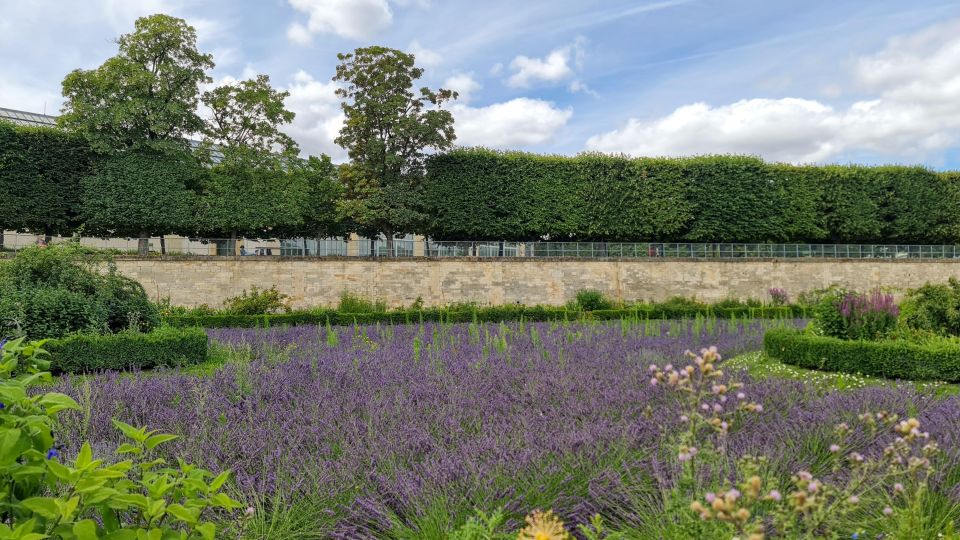
During the Age of Enlightenment, Paris blossomed as a hub of intellectual discourse and cultural advancement, igniting a fervor for reason, freedom, and progress among its inhabitants.
Enlightenment thinkers like Voltaire, Rousseau, and Diderot frequented Parisian salons, where they engaged in lively debates and exchanged revolutionary ideas. These salons provided a platform for discussions on politics, philosophy, and science, shaping the intellectual landscape of the time.
The city became a beacon of enlightenment ideals, promoting critical thinking and challenging traditional beliefs. Paris during this era wasn’t only a physical city but a symbol of enlightenment and progress, influencing the course of history and leaving a lasting legacy on the world’s intellectual development.
Haussmann’s Transformation of Paris
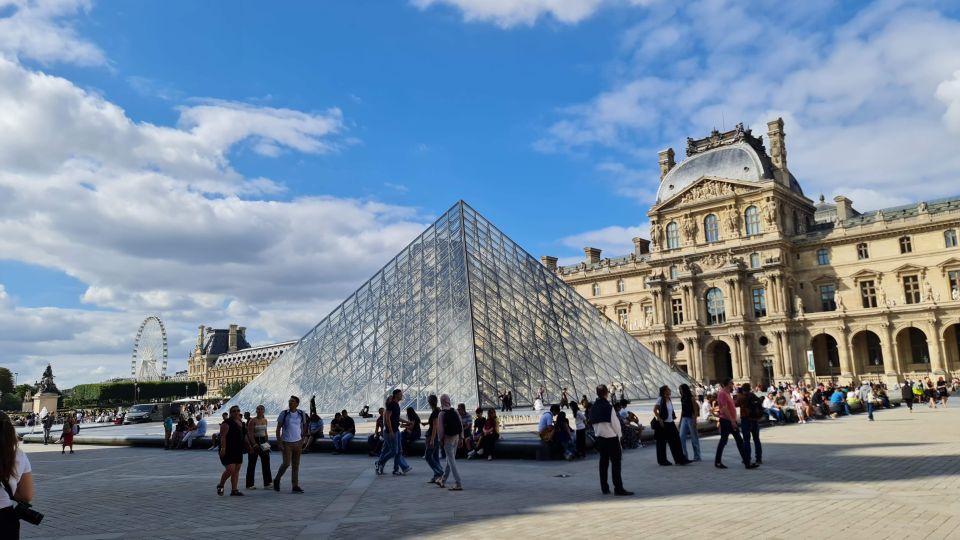
In the wake of the Age of Enlightenment’s intellectual fervor, Paris underwent a remarkable metamorphosis under the vision and planning of Georges-Eugène Haussmann, forever altering the city’s landscape and urban fabric.
-
Urban Planning: Haussmann’s redesign focused on wide boulevards, parks, and improved infrastructure, revolutionizing the city’s layout.
-
Cityscape Evolution: The transformation saw the demolition of medieval streets, making way for grand avenues and iconic landmarks like the Opera Garnier.
-
Impact: The new plan aimed to modernize Paris, enhance traffic flow, and provide better sanitation, setting a benchmark for urban planning worldwide.
Haussmann’s meticulous approach to urban planning not only reshaped Paris physically but also influenced the concept of city organization for generations to come.
Paris in the 20th Century
The 20th century in Paris witnessed a dynamic evolution marked by cultural renaissances and urban transformations that left a lasting imprint on the city’s identity. Parisian architecture flourished with a blend of traditional styles and modernist influences, reflecting the city’s ever-changing character. Cultural movements such as Cubism, Surrealism, and Art Deco thrived, shaping not only the artistic landscape but also influencing Parisian society as a whole. To delve deeper into this transformative period, consider the following table:
| Aspect | Description | Impact |
|---|---|---|
| Architecture | Mix of traditional & modernist | Redefined city skyline |
| Cubism Movement | Embraced geometric abstraction | Revolutionized artistic expression |
| Surrealism Movement | Explored subconscious realms | Challenged conventional thinking |
| Art Deco Influence | Elegant, streamlined designs | Reflected modernity in design trends |
Through these elements, Paris in the 20th century emerged as a hub of creativity and innovation, setting the stage for the city’s continued cultural significance.
Modern-Day Paris Today
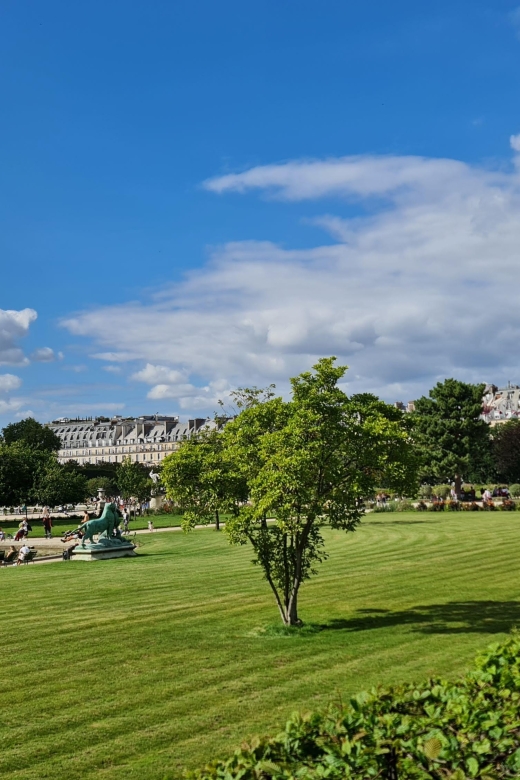
Paris in the 20th century saw a vibrant cultural and architectural evolution, setting the stage for Modern-Day Paris Today, a city that continues to blend rich history with contemporary innovation.
-
Parisian Architecture: The city’s skyline is a harmonious mix of classic Haussmannian buildings and striking modern structures like the Pompidou Centre.
-
Cultural Diversity: Paris thrives as a melting pot of cultures, evident in its diverse neighborhoods, vibrant street art, and eclectic culinary scene.
-
Innovation and Tradition: From iconic landmarks such as the Eiffel Tower and Notre Dame Cathedral to cutting-edge art galleries and fashion boutiques, Paris seamlessly marries tradition with forward-thinking creativity.
This dynamic fusion of the old and the new makes Modern-Day Paris a captivating destination for visitors worldwide.
Common questions
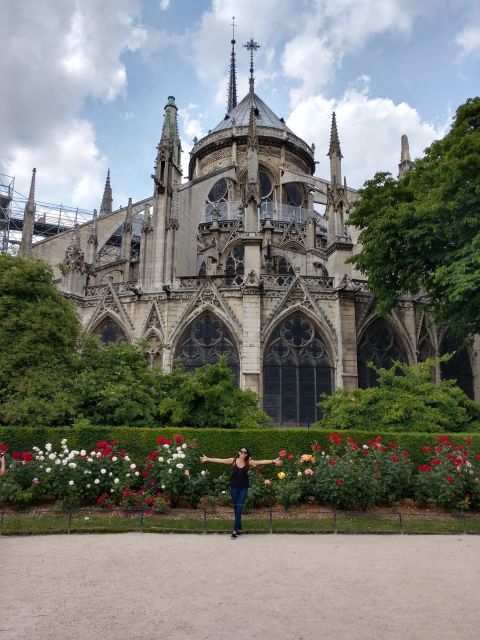
What Are Some Lesser-Known Historical Facts About the Louvre Museum?
The Louvre Museum holds intriguing mysteries and artifacts uncovered over time. Visitors discover hidden chambers, ancient symbols, and lost treasures within its walls. Unveiling these secrets adds depth to the museum’s rich history.
How Did the Construction of the Pont Alexandre III Impact the Surrounding Area of Paris?
The construction of Pont Alexandre III had a significant impact on the surrounding area of Paris. It not only improved urban development but also enhanced the cultural significance of the city, leading to economic growth and increased connectivity.
What Architectural Styles Can Be Seen in the Petit and Grand Palais Buildings?
In the Petit and Grand Palais buildings, visitors can admire a blend of architectural styles. Neoclassical elements, Beaux Arts grandeur, Modernist influences, and Art Nouveau design converge harmoniously, showcasing the evolution of Parisian architecture through the ages.
Are There Any Hidden or Lesser-Known Secrets About the Arc De Triomphe?
There are intriguing hidden details at the Arc de Triomphe, revealing architectural symbolism. Visitors can uncover lesser-known facts about its design and purpose, adding depth to their exploration. The monument holds secrets waiting to be discovered.
How Has the Food Scene in Paris Evolved Over the Years and What Are Some Must-Try Dishes for Visitors?
The food scene in Paris has evolved over the years, offering a fusion of traditional and modern culinary delights. Visitors must try iconic dishes like croissants, escargot, coq au vin, and macarons to experience Parisian gastronomy at its finest.
Last Words
Explore the diverse layers of Parisian history with Uma Carioca em Paris, from its ancient origins to its modern-day vibrancy.
With a knowledgeable guide leading the way, visitors can explore the city’s past, marvel at iconic landmarks, and gain a deeper appreciation for Paris’s rich heritage.
Whether you’re a history buff or simply curious about the evolution of this captivating city, this tour offers a truly immersive experience that will leave you with lasting memories.